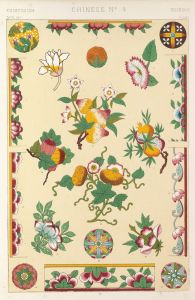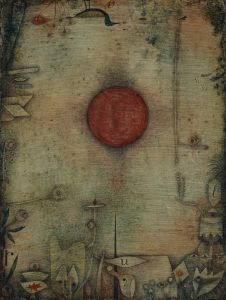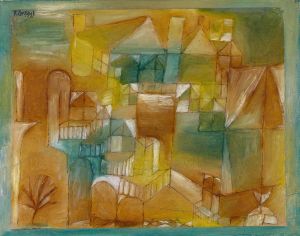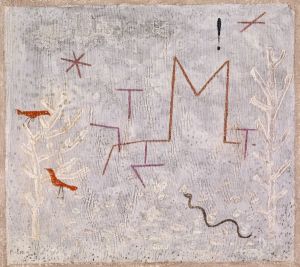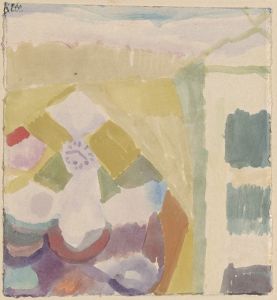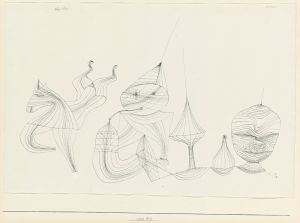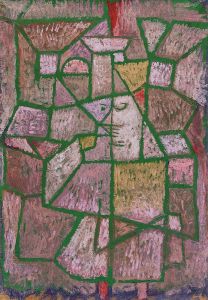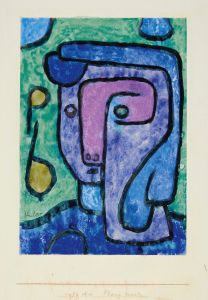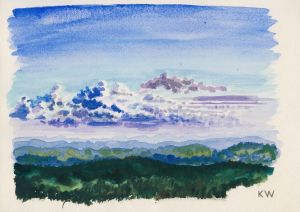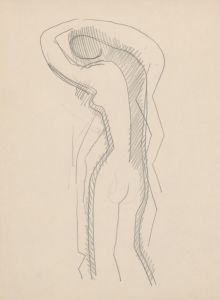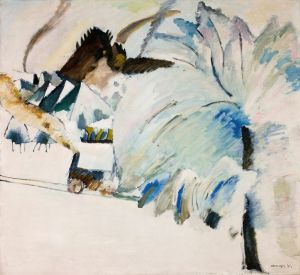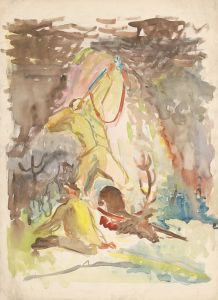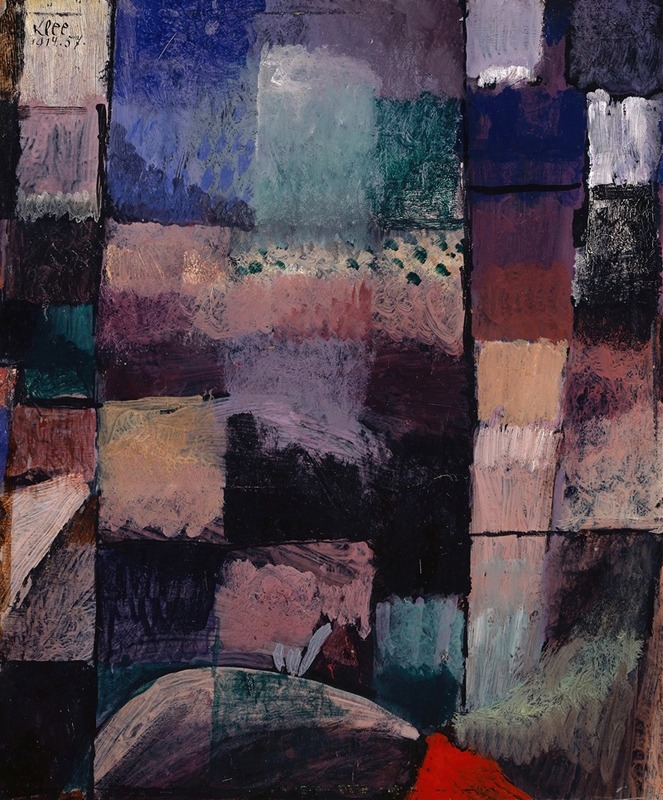
About a motif from Hammamet
A hand-painted replica of Paul Klee’s masterpiece About a motif from Hammamet, meticulously crafted by professional artists to capture the true essence of the original. Each piece is created with museum-quality canvas and rare mineral pigments, carefully painted by experienced artists with delicate brushstrokes and rich, layered colors to perfectly recreate the texture of the original artwork. Unlike machine-printed reproductions, this hand-painted version brings the painting to life, infused with the artist’s emotions and skill in every stroke. Whether for personal collection or home decoration, it instantly elevates the artistic atmosphere of any space.
"About a Motif from Hammamet" is a painting by the Swiss-born artist Paul Klee, created in 1914. Paul Klee was a highly influential figure in the development of modern art, known for his unique style that combined elements of expressionism, cubism, and surrealism. His works often featured a distinctive use of color and abstract forms, and he was a member of the German Bauhaus school of art, design, and architecture.
The painting "About a Motif from Hammamet" was inspired by Klee's travels to Tunisia in April 1914. This trip had a profound impact on Klee's artistic development, as he was deeply inspired by the vibrant colors and the quality of light he encountered in the North African landscape. The town of Hammamet, located on the northeast coast of Tunisia, provided the specific motif for this work. The experience in Tunisia marked a turning point in Klee's career, leading him to famously state, "Color has taken possession of me; no longer do I have to chase after it, I know that it has hold of me forever."
In "About a Motif from Hammamet," Klee employs a delicate balance of abstraction and representation. The painting captures the essence of the Tunisian landscape through a series of geometric shapes and a subtle, yet vivid, color palette. The composition is characterized by its use of simplified forms and a harmonious arrangement of colors, which evoke the warmth and luminosity of the Mediterranean environment.
Klee's technique in this painting reflects his interest in the interplay between color and form. He uses a grid-like structure to organize the composition, a method that became a hallmark of his work. This approach allows Klee to explore the relationship between the individual elements of the painting and the overall harmony of the piece. The use of color is particularly significant, as Klee employs a range of hues to convey the atmosphere and mood of the Tunisian setting.
"About a Motif from Hammamet" is an example of Klee's ability to distill complex visual experiences into simple, yet profound, artistic expressions. The painting demonstrates his mastery of color theory and his innovative approach to composition, which would influence generations of artists to come. Klee's work from this period is often seen as a bridge between traditional representational art and the more abstract tendencies of modernism.
The painting is part of the collection at the Kunstmuseum Basel in Switzerland, which houses a significant number of Klee's works. The museum's collection provides insight into Klee's artistic evolution and his contributions to 20th-century art. "About a Motif from Hammamet" remains an important piece within Klee's oeuvre, illustrating his transformative experience in Tunisia and his enduring fascination with color and abstraction.





